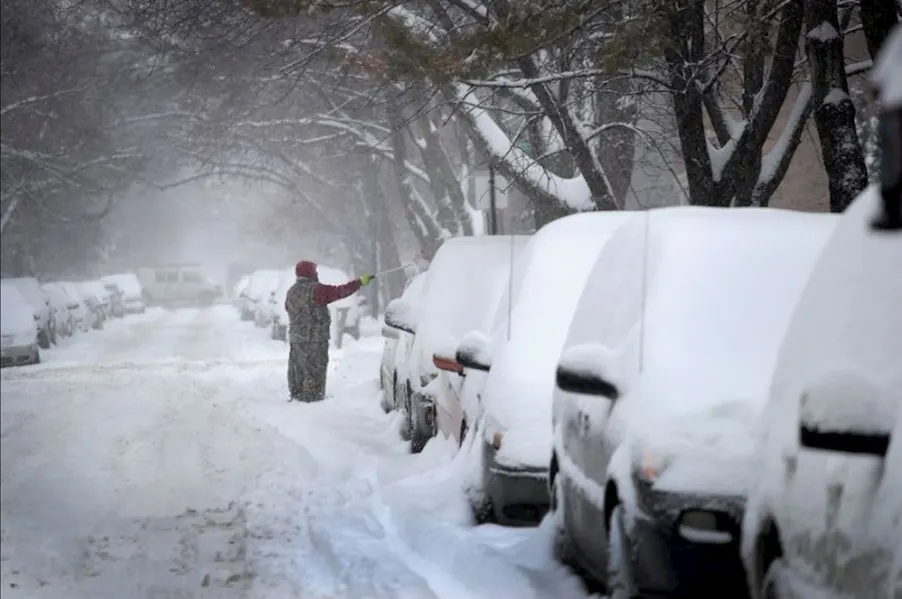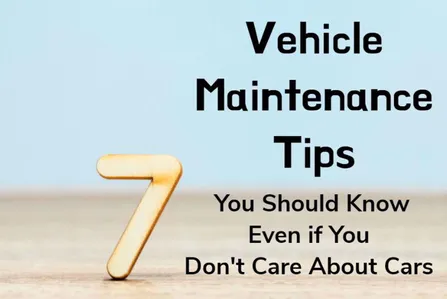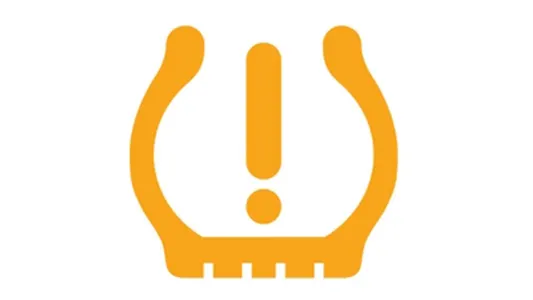- Keep faucets dripping to keep water circulating to help from freezing, served by exposed pipes. Running water through the pipe—even at a trickle—helps prevent pipes from freezing.
- Keep the thermostat set to the same temperature during day and night. Again, during a cold snap is not the time to set back the thermostat at night to save a few bucks on your heating bill.
- Limit the amount of time skin is exposed to cold.
"At zero degrees, on average it takes 20 minutes for skin that has been exposed to suffer effects of the cold, The effects can be mild chafing and wind burn to skin turning white from lack of blood flow.
Limit the amount of time you are outside, and cover up as much skin as you can.
- Be prepared. Keep a hat, gloves and a blanket in your car.
People leave their house without the proper gear, and get stuck, accident or who knows what can happen and seem to get in trouble from there.
- Monitor the signs of frostbite and hypothermia.
"If you notice your kids getting blue discoloration in the face, that means that blood is being shunted away from extremities to their core. That's a problem," de Moya said. "If you notice excessive shivering, that’s another obvious sign that your body temperature is dropping and your body is trying to make heat. And in the extreme situations, people don't feel cold and the shivering actually stops and they tend to become sleepy. That's a really bad sign."
Signs of skin damage from cold start with mild chafing and red spots, then skin turns white from lack of blood flow.
If someone is showing early signs of being cold, de Moya said to get them warm by placing them in a warm room, make sure their clothing is warm and dry, offer them a blanket and place them near a heater or fireplace. If they don't warm up within 30 minutes, go to the nearest emergency room.
As you warm up, de Moya said, your skin should be turning red — a sign that blood flow is increasing. If your skin is still white and cold for 30 minutes after returning to warmth, you should go to the hospital.
- Stay dry.
"When you have a lot of sweat on your skin or if you’re wet from the snow, that can accelerate the heat loss tremendously," de Moya said.
If you're sweaty from shoveling, get into dry clothing quickly. Wearing moisture-wicking clothing can help, too.
- Stay hydrated.
This means water, not beer (aka alcohol). Dehydration decreases your body's ability to stay warm.
- Check on your neighbors.
"If you have neighbors who are older, and we’re going into this severely cold weather, it might be a good idea to check on them," de Moya said. Check to see if you can pick up groceries for an elderly neighbor or see if their heat is working.
Credit: https://www.jsonline.com/story/news/local/milwaukee/2019/01/28/how-not-get-frostbite-hypothermia-dangerously-cold-weather/2703401002/









